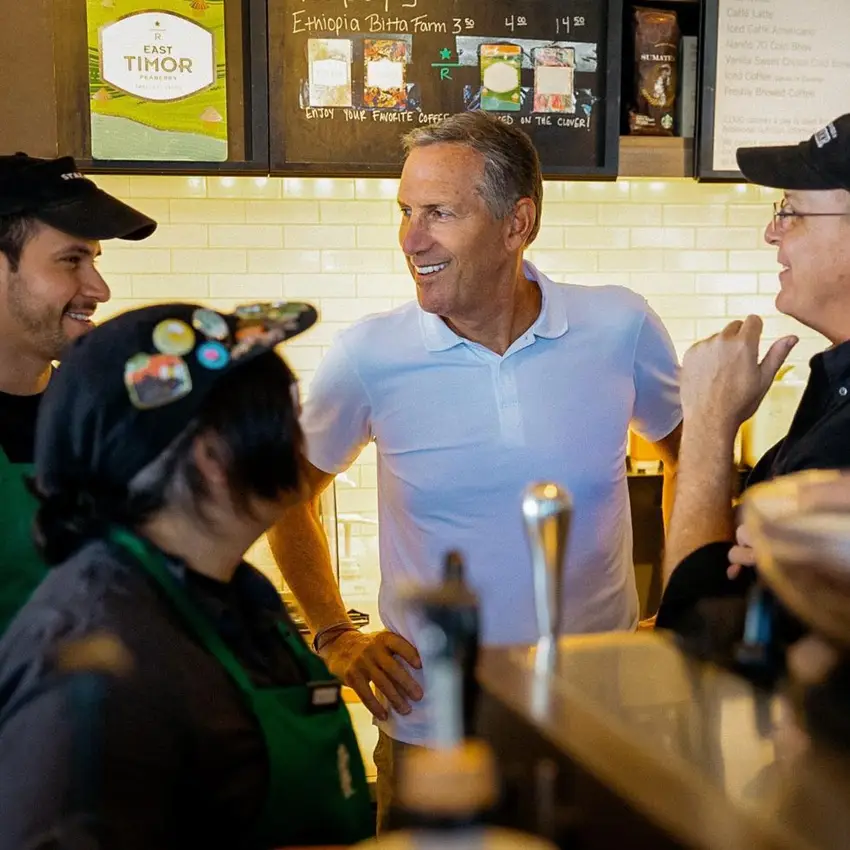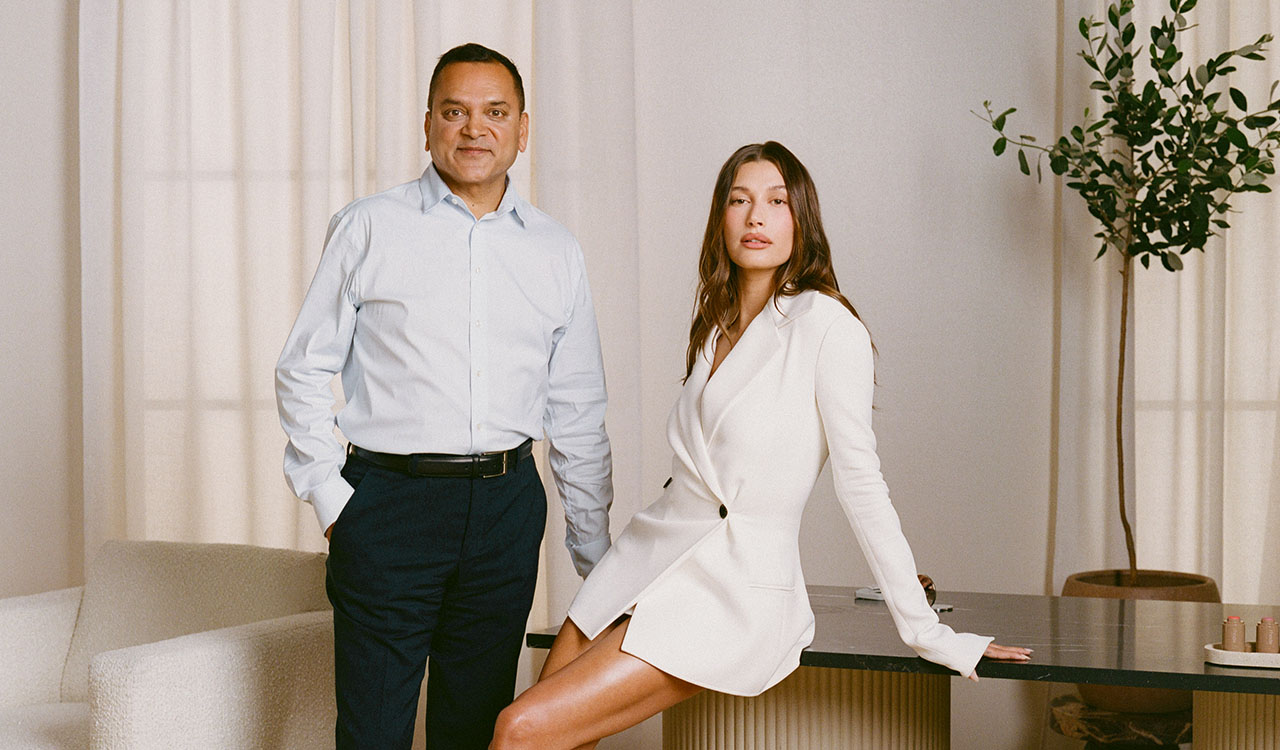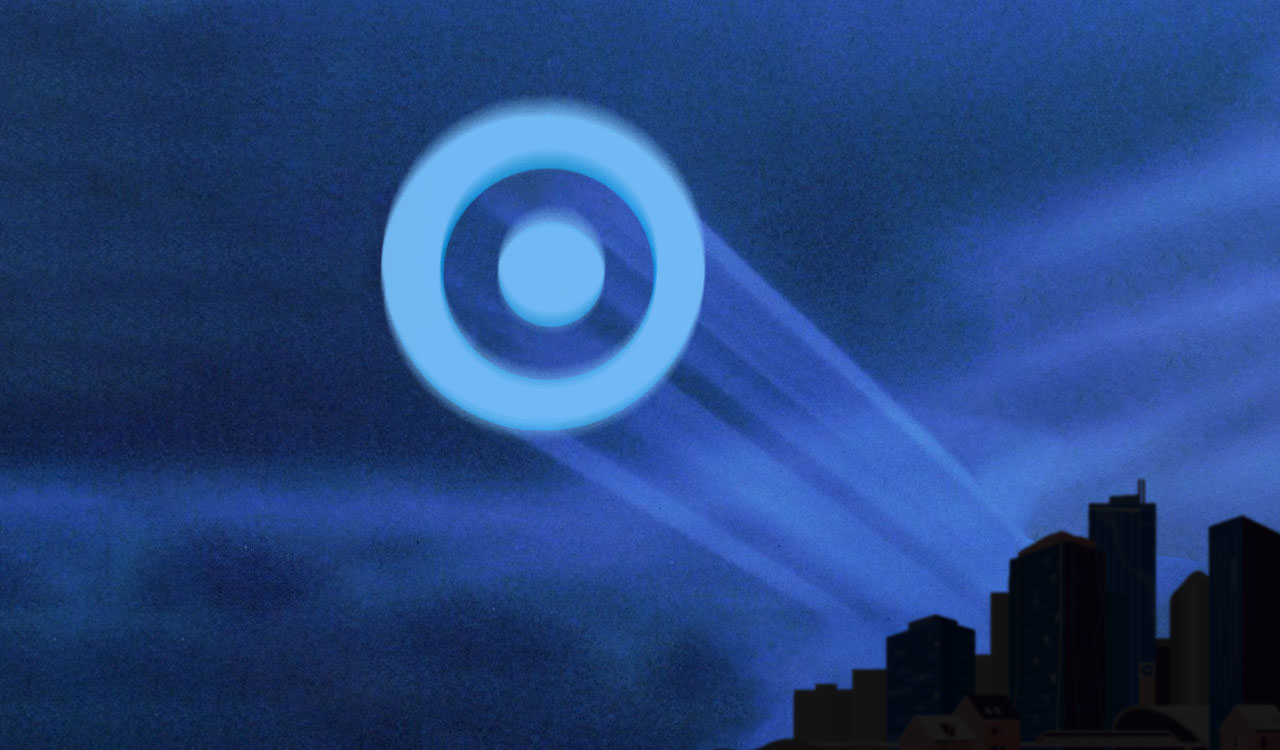We can excuse Howard Schultz if he’s feeling a little like Michael Corleone these days: “Just when I thought I was out, they pull me back in!” The difference, other than the obvious, is that Schultz seems to be the one doing the pulling. This week he returned for his third term as CEO of Starbucks, the company he built from a handful of coffee shops to one of the largest, most iconic and downright ubiquitous hospitality chains in the world. More than 32,000 locations, compared to 24,000 KFCs and 18,000 Pizza Huts, though McDonalds beats them all with 37,000 places around the world.
If indeed Schultz’s return is all about making nice with the company’s 383,000 employees around the world, his stance on these unionization efforts will be the key to smoothing things over.
For Schultz, who replaces the “retiring” Kevin Johnson (who is 61 even as Schultz is seven years older at 68). It’s once more into the fray as the chain deals with a new set of issues that, presumably, the board believes only Schultz can fix. It’s the same pattern, albeit with different particulars, that brought Schultz back in 2008, seven years after he left his first CEO stint. While he’s being billed as a temporary fix this time around it’s worth noting that he stayed as head barista for nine years back then.
Schultz Redux…the First Time
Schultz returned the first time 14 years ago with the intention of “Reigniting the emotional attachment with customers.” That translated into resuscitating a watered-down customer experience following years of rapid expansion, increased competition from McDonald’s and a sense that the fabled Starbucks “Third Place” aura had lost some of its luster. Back then the company was moving more heavily into food, and I remember at the time that the aroma of coffee beans when you walked in had been replaced with the smell of grilled cheese.
Schultz got Starbucks back on the right track and returned the company to its fabled sweet spot with its customers, and nine years later he said all was good and turned the keys to the coffee machine over to, yes, Kevin Johnson, his number two at the time. And Johnson did a nice job, further expanding the chain, pleasing both Wall Street and Main Street at the same time, while Schultz went off on philanthropic endeavors, some book writing and even a brief stab at running for president. The stock price more than doubled since Johnson took over, at least until this year when it began a precipitous fall from a December 2021 high of $126 a share to the current $88.
This time the problems seemed to have a lot more to do with Starbucks employees than its customers. Some local unionization moves, coupled with the company’s botched reaction to it, created a real sense of unease that no number of decaf lattes could mellow out. There were also employee complaints about working conditions, especially during the pandemic when demand was high, but staffs were reduced.
Re-Redux
Enter…or re-enter Schultz. Even though no longer an officer of the company, he recently met with employees in the Buffalo area who were looking to organize. According to one person quoted in a New York Times report who was in attendance but unauthorized to speak, Schultz said he wasn’t anti-union but “pro-Starbucks.” Curiously – or perhaps tellingly – while some company execs were on hand for that meeting, CEO Johnson was not.
Nonetheless, Schultz’s position on unions is a little fuzzy. In a book he wrote some time ago about initial encounters with union efforts years ago, Schultz said: “I was convinced that under my leadership employees would come to realize that I would listen to their concerns. If they had faith in me and my motives, they wouldn’t need a union.”
Starbucks corporate position on unions is also somewhat murky. Soon after the change in CEO last week, Mellody Hobson, chairwoman of Starbucks, told CNBC that the company had “made some mistakes” in dealing with employee concerns. But at its annual meeting Hobson seemed to backtrack any comments that could be construed as pro-union (The company has not made Schultz or Johnson available for comment to media at this time.)
The Union Gap
If indeed Schultz’s return is all about making nice with the company’s 383,000 employees around the world, his stance on these unionization efforts will be the key to smoothing things over. Starbucks continues to put up solid performance numbers and has initiated a number of new strategies based around serving a post-Covid clientele that wants more drive-thru and pick-up-only locations as well as upgraded in-store equipment. Certainly, it’s in better financial shape than the last time Schultz came back.
But this time around the solutions may be much harder to define. Company culture is a tough thing to fix and so far, Wall Street has been underwhelmed with the news, not giving Starbucks the usual Return of the Protocol Son bump most companies get following this kind of change.
Schultz said it himself on his return: “Although I did not plan to return to Starbucks, I know the company must transform once again to meet a new and exciting future where all of our stakeholders mutually flourish.” The stakeholders are different this time around. His first return in 2008 was all about its customers. This time it seems to be about its employees. And that’s a different cup of coffee entirely.




